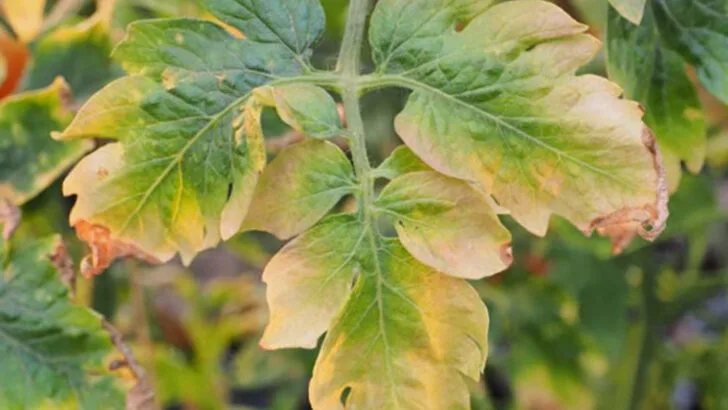We all want to do the right thing for our plants. But what if some of your most trusted gardening habits are actually doing more harm than good? From overwatering out of love to obsessively pruning for “neatness,” there are plenty of routines that feel helpful—but secretly slow down growth, invite pests, or stress your plants out.
These habits are often passed around like garden gospel: “Feed every week,” “cut it back often,” “don’t let anything touch the soil.” But plants aren’t always looking for perfection—they often just want consistency, the right balance, and sometimes, to be left alone. Learning when to step back is just as important as knowing when to act.
This list breaks down 15 common practices that sound smart, but may be the reason your plants are stalling, yellowing, or refusing to bloom. If you’ve been doing “everything right” but still not getting results, it’s time to take a closer look at the habits that might be holding your garden back—and what to do instead.
Overwatering

Drenched soil often leads to root rot. While plants need hydration, excess water suffocates roots, depriving them of oxygen. Consider the cactus that thrives in arid conditions; overwatering is its nemesis. Instead, allow soil to dry between waterings, matching the needs of your specific plants. Check moisture with your finger, ensuring it’s dry an inch down. Imagine the relief of a desert plant when its roots dry out. The balance between moisture and dryness will lead to healthier growth. Adjust your watering schedule to coincide with your plant’s natural habitat for optimal results.
Excessive Fertilization
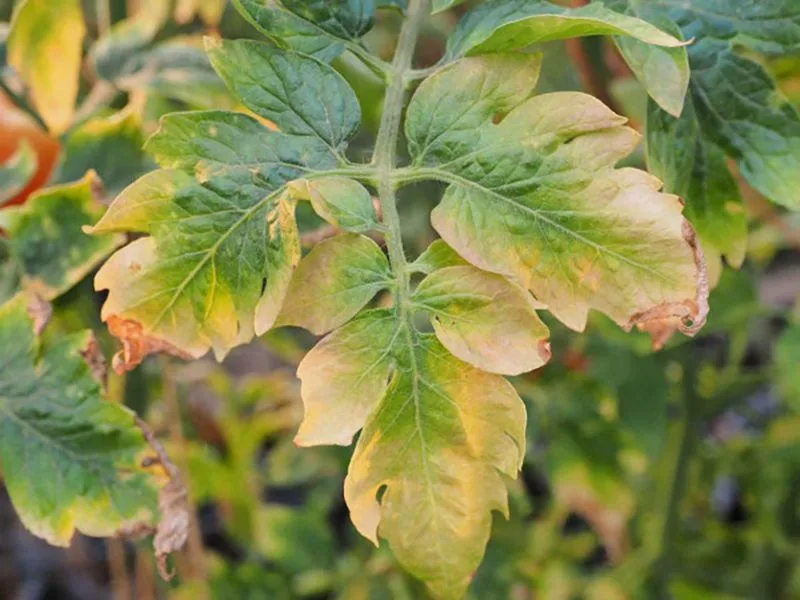
Fertilizer can be a garden’s best friend or its worst enemy. Over-fertilizing leads to nutrient burn, visible as scorched leaf tips. Think about those houseplants with crispy edges. Plants need nutrients, but too much can be toxic. Less is often more; stick to recommended dosages. Picture a buffet that’s too rich; it overwhelms rather than satisfies. A balanced diet promotes steady growth. Regularly test soil to gauge nutrient needs, avoiding assumptions based on plant appearance alone. Adjust fertilization practices for each plant, keeping them healthy without overwhelming them.
Planting Too Close Together
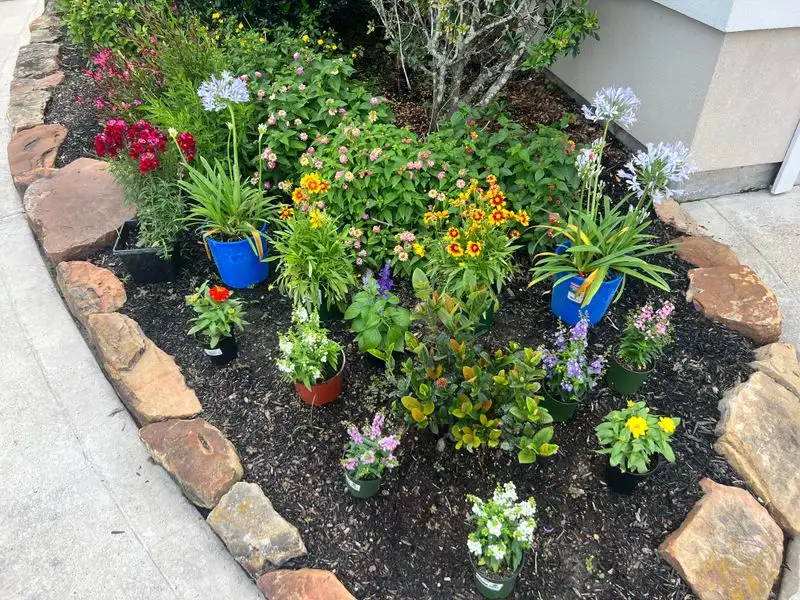
Space is as vital to plants as sunlight and water. Crowding plants leads to competition for resources, stunting growth. Consider a city with cramped housing – limited space affects everyone. Adequate spacing allows roots to establish, fostering healthy plants. Overcrowding can also encourage pests and diseases, thriving in the dense environment. Visualize a garden where each plant has room to breathe, maximizing its potential. Proper spacing requires patience during planting but rewards with robust growth. Evaluate your garden’s layout, ensuring every plant has the space to thrive independently.
Neglecting Soil Health
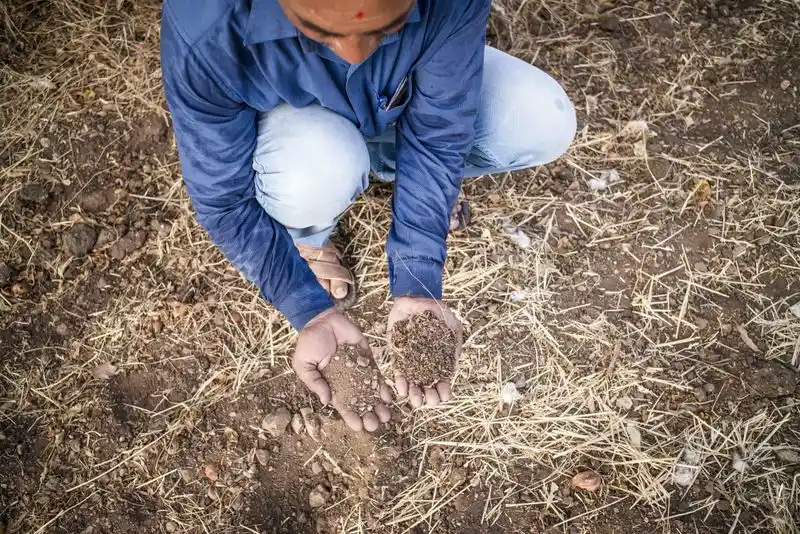
Soil is the foundation of any garden. Ignoring its health can lead to poor plant conditions above ground. Think of soil as a sponge; its ability to hold nutrients and water determines plant success. Incorporate organic matter like compost to improve texture and nutrient content. Picture the transformation from lifeless dirt to rich, fertile soil. Healthy soil fosters robust root systems, evident in vibrant plant growth. Invest time in soil health, and your plants will flourish. Regularly test and amend soil to maintain its vitality, supporting your garden’s ecosystem.
Improper Pruning Techniques
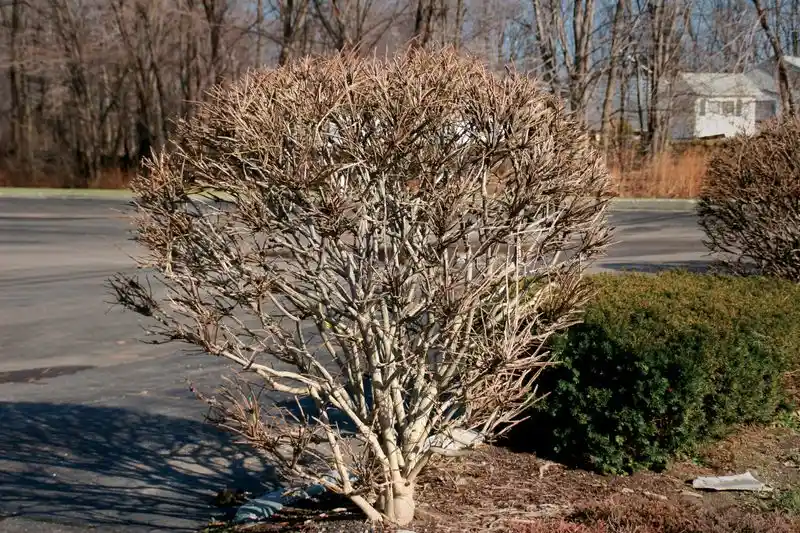
Pruning is an art and a science. Incorrect techniques can harm rather than help. Imagine a haircut gone wrong; the impact is noticeable. Proper pruning promotes growth and shape, but hacking away can stress plants. Tools should be sharp and clean, cutting at the right angle. Visualize a well-groomed hedge versus a jagged shrub. Learn the specific needs of each plant, pruning at the right time and place. This encourages flowering and fruiting, showcasing the benefits of thoughtful pruning. With practice, your pruning efforts will enhance rather than hinder your garden’s beauty.
Ignoring Pest Management
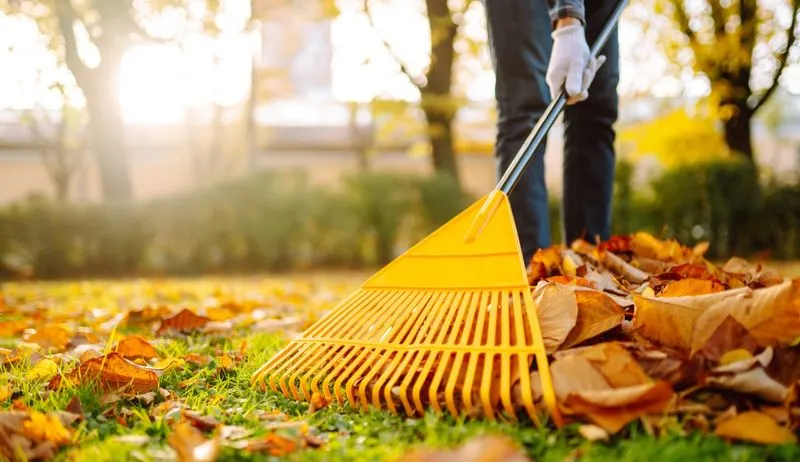
Pests are inevitable in any garden, but ignoring them isn’t wise. Unchecked, they wreak havoc. Think of pests as uninvited guests; they must be managed. Identify the culprits early, utilizing natural or chemical controls sparingly. A balanced ecosystem often keeps pests in check, with beneficial insects lending a hand. Consider the balance of nature at play in your garden. Ignoring pests leads to bigger problems. Monitor regularly, ensuring pests don’t overrun your plants. Prevention is key; maintain vigilance to protect your plants from these common adversaries.
Incorrect Plant Selection
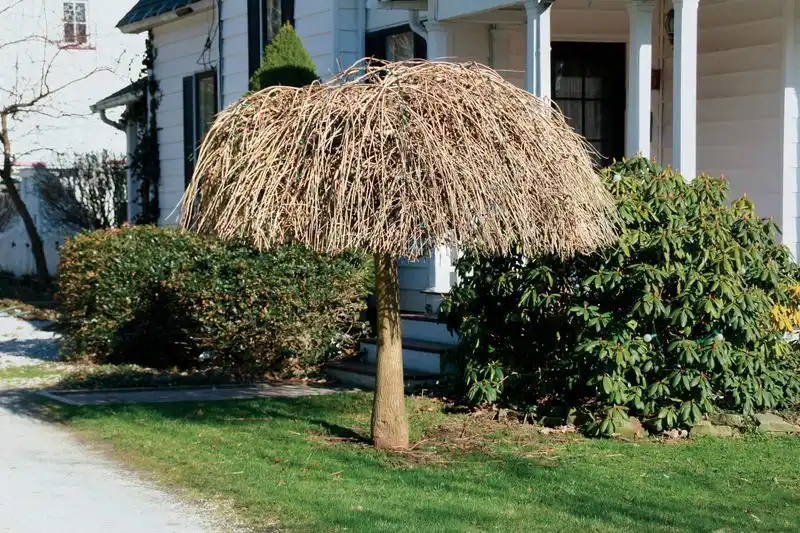
Choosing plants suited to your climate is crucial. A tropical plant won’t thrive in cold conditions. Picture a palm tree in a snowstorm – it simply doesn’t belong. Research your zone, selecting plants that match your local environment. This ensures resilience and reduces maintenance. Visualize a harmonious garden, where each plant flourishes naturally. When selecting plants, consider sunlight, soil type, and water availability. You’ll spend less time troubleshooting when your plants are in their ideal conditions. Your garden will reflect thoughtful choices, each plant complementing the other.
Lack of Mulching
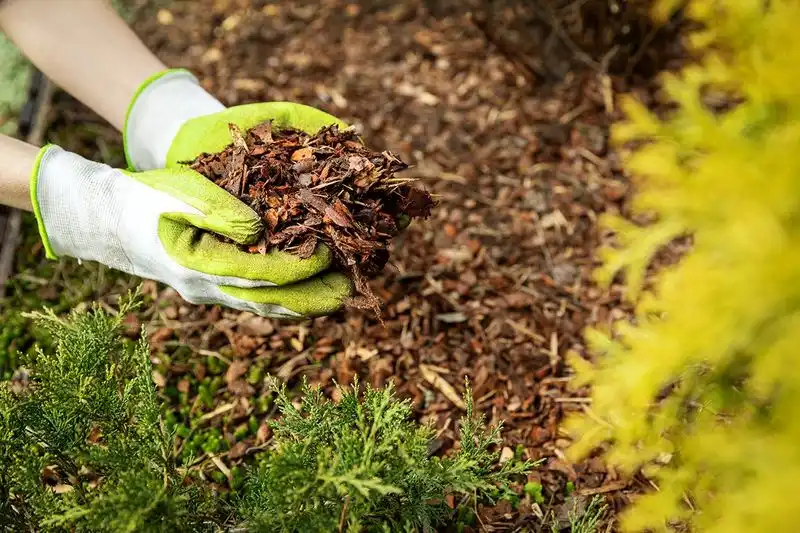
Mulch acts as a protective layer, conserving moisture and reducing weeds. Without it, soil is exposed, leading to moisture loss. Imagine a sunbaked field; the soil dries quickly without cover. Mulch maintains soil temperature, preventing erosion and improving fertility. Picture a cozy blanket for your garden beds. Choose organic options like wood chips or straw, enhancing soil health over time. Regularly replenish mulch, keeping your garden nourished and weed-free. This simple practice results in healthier plants, minimizing stress from environmental factors. Your garden’s vitality will thank you.
Using Pesticides Indiscriminately

Pesticides can harm beneficial insects if used without care. Consider a butterfly caught in a storm; unintended consequences can be severe. Use pesticides judiciously, targeting only problematic pests. Visualize a thriving ecosystem, where balance is maintained naturally. Beneficial insects like ladybugs control aphids, reducing the need for chemicals. Research alternative pest control methods, integrating them into your garden strategy. Your plants will benefit from a holistic approach, keeping harmful pests at bay while encouraging biodiversity. Be selective and informed when using pesticides, protecting your garden’s health.
Ignoring Seasonal Changes
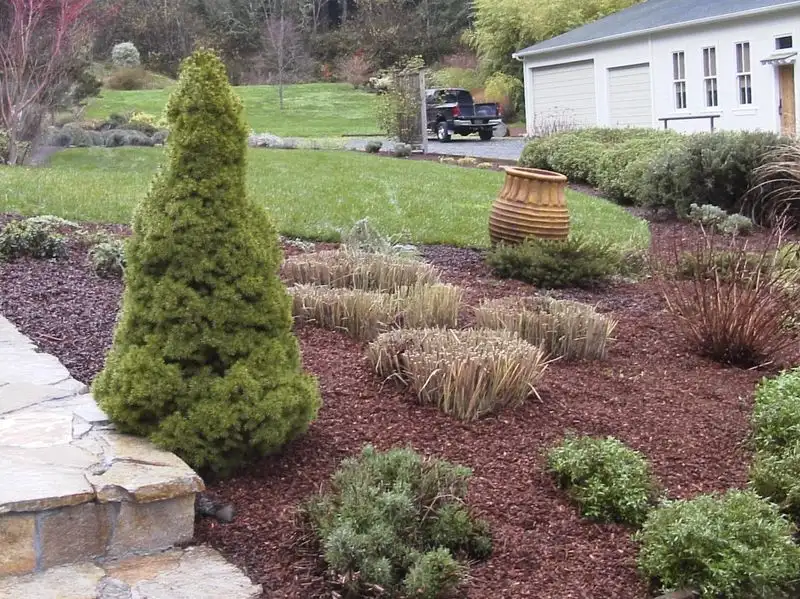
Seasonal changes greatly affect plant care. Ignoring them can lead to stress and damage. Picture a sun-loving plant left out in the frost; it’s a recipe for disaster. Adapt your gardening routine to accommodate weather shifts, preparing plants for the transition. This includes adjusting watering, pruning, and covering sensitive plants. Visualize a garden prepared for winter, each plant snug and ready. Embrace the rhythm of nature, aligning your practices with the seasons. Your plants will respond with resilience and vitality, thriving despite the changing conditions. Stay attuned to seasonal cues for success.
Improper Tool Maintenance

Tools are an extension of the gardener. Without care, they can damage plants. Imagine a dull knife; it can’t perform well. Regularly clean and sharpen tools, ensuring precision in every cut. This practice reduces plant stress, promoting healing and growth. Visualize a pristine set of tools, each one ready for action. Proper maintenance prolongs tool life and enhances performance. Store tools in a dry place, preventing rust and wear. Your garden tasks become more efficient with well-maintained equipment. Invest in your tools, and they’ll reward you with optimal results.
Neglecting Companion Planting
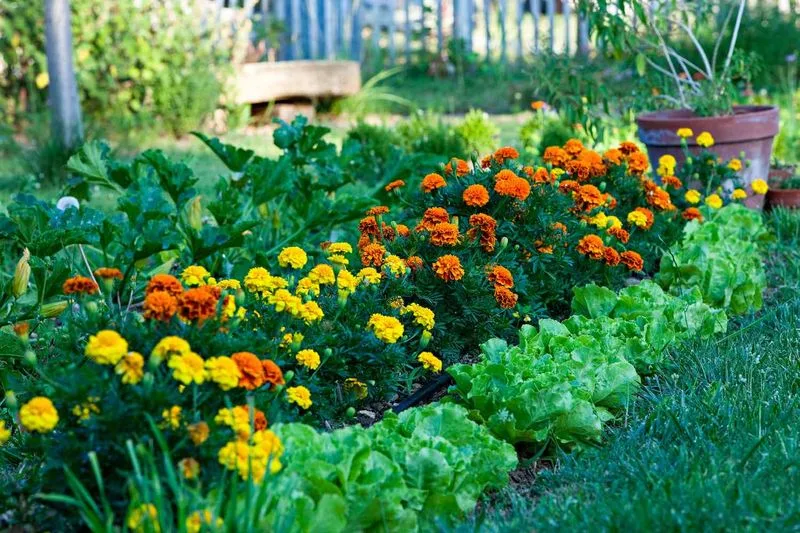
Companion planting fosters a symbiotic relationship among plants. Ignoring it can lead to mismatched pairings. Picture a chaotic dance, partners colliding rather than complementing. Some plants deter pests, while others improve soil health. Visualize a harmonious garden, where each plant supports its neighbor. Research compatible plants, arranging them to enhance growth and productivity. Companion planting creates a thriving ecosystem, minimizing the need for intervention. Your garden will benefit from these natural partnerships, promoting balance and diversity. Embrace the concept of plants working together for a flourishing environment.
Excessive Weeding
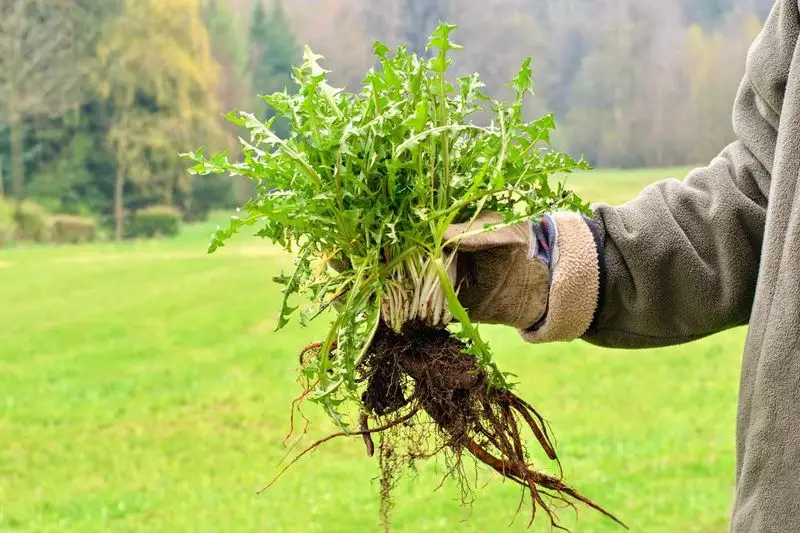
Weeding is necessary, but overdoing it disrupts soil and harms beneficial organisms. Picture a barren landscape, stripped of life. Some weeds protect soil from erosion and provide habitat for insects. Embrace a more relaxed approach, allowing some weeds to coexist with your plants. Visualize a balanced garden, where diversity enhances resilience. Mulching reduces weed growth, minimizing the need for aggressive weeding. Evaluate each weed’s impact before removal, fostering a garden that’s both managed and vibrant. Balance is key, allowing nature to play a role in garden health.
Forgetting to Rotate Crops
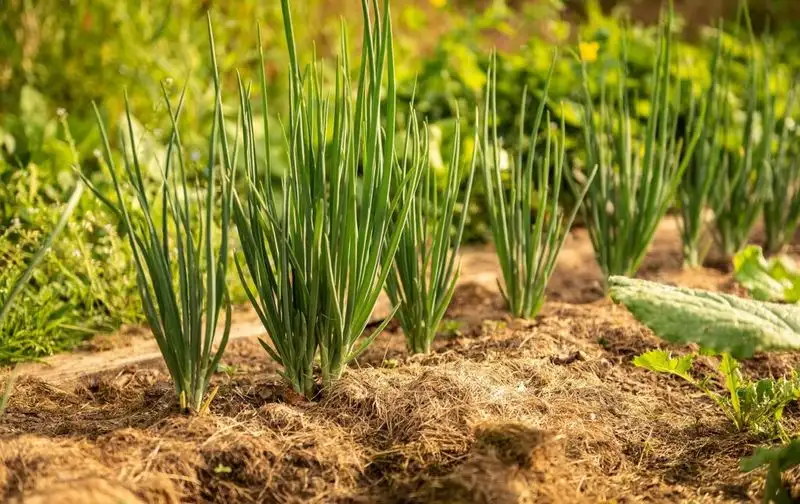
Crop rotation prevents soil depletion and pest buildup. Forgetting it leads to tired soil and recurring problems. Picture a worn-out field, unable to sustain growth. Rotating crops restores soil nutrients and disrupts pest cycles. Visualize a renewed garden bed, full of vitality and promise. Plan rotations, alternating crops annually to maintain soil health. This practice rejuvenates your garden, reducing the need for artificial fertilizers. Plants flourish in a balanced environment, benefiting from enriched soil. Commit to crop rotation, and watch your garden thrive with every season.
Inconsistent Watering Schedule
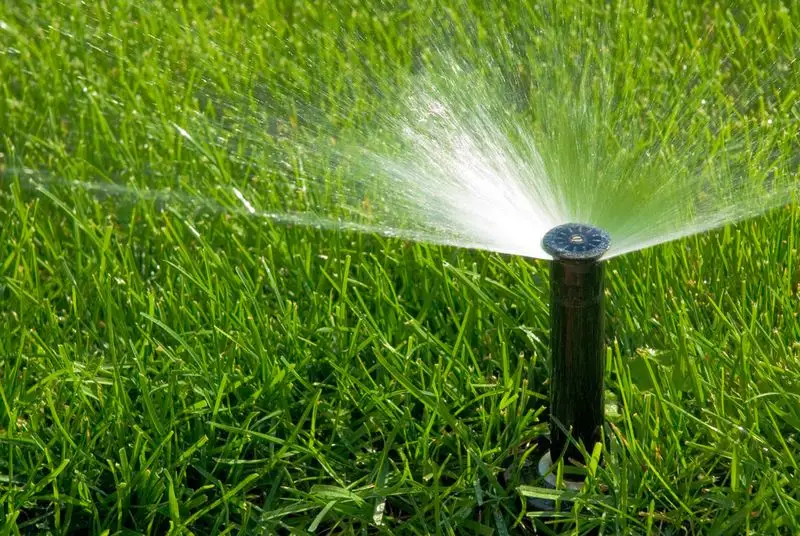
Consistency in watering ensures plant health. Inconsistency causes stress, leading to wilting or root rot. Imagine a rollercoaster of droughts and floods; plants struggle to adapt. Establish a regular schedule, considering plant needs and weather. Visualize a well-hydrated garden, each plant receiving adequate moisture. Drip irrigation systems provide steady watering, reducing human error. Monitor soil moisture, adjusting as necessary to maintain balance. Consistent care results in robust plants, capable of withstanding environmental challenges. Your garden’s success hinges on this simple, yet crucial practice.

